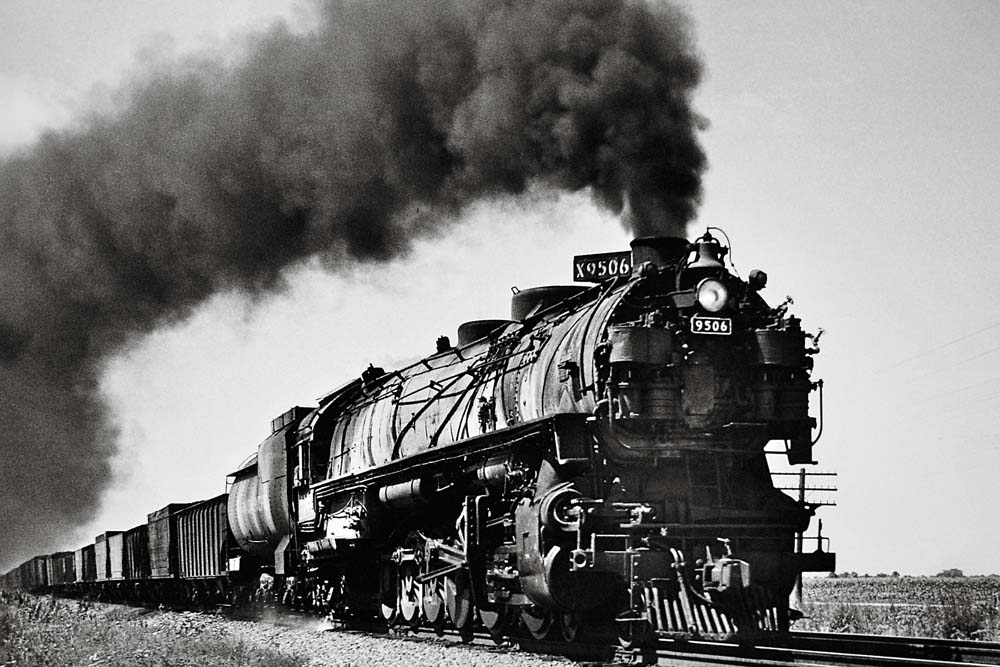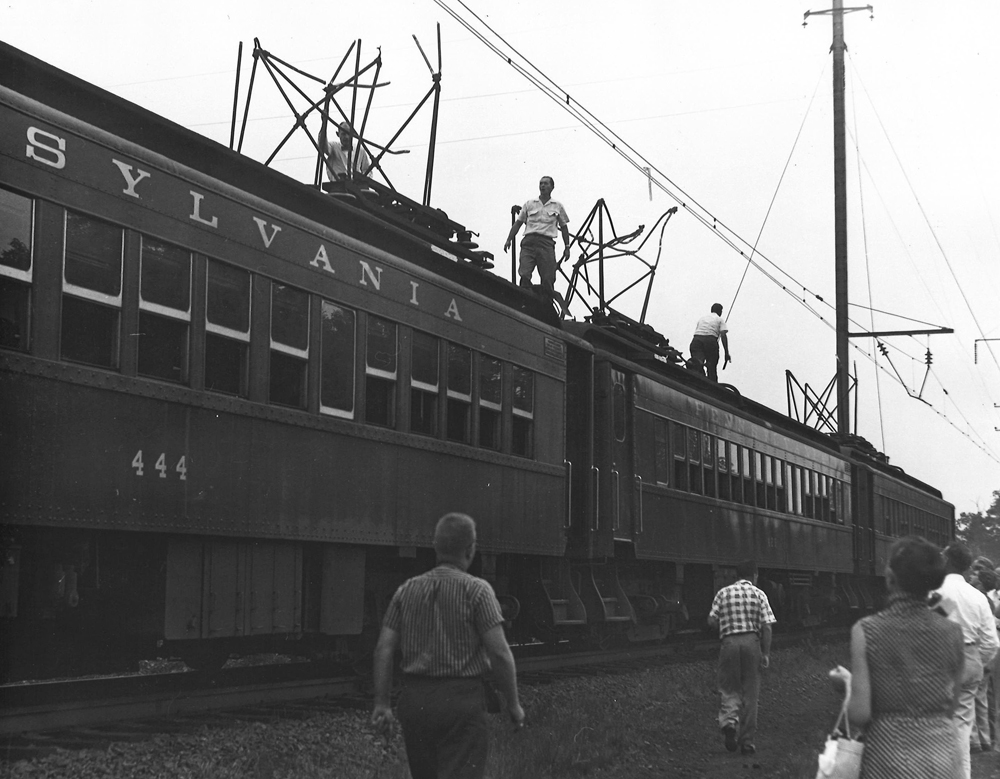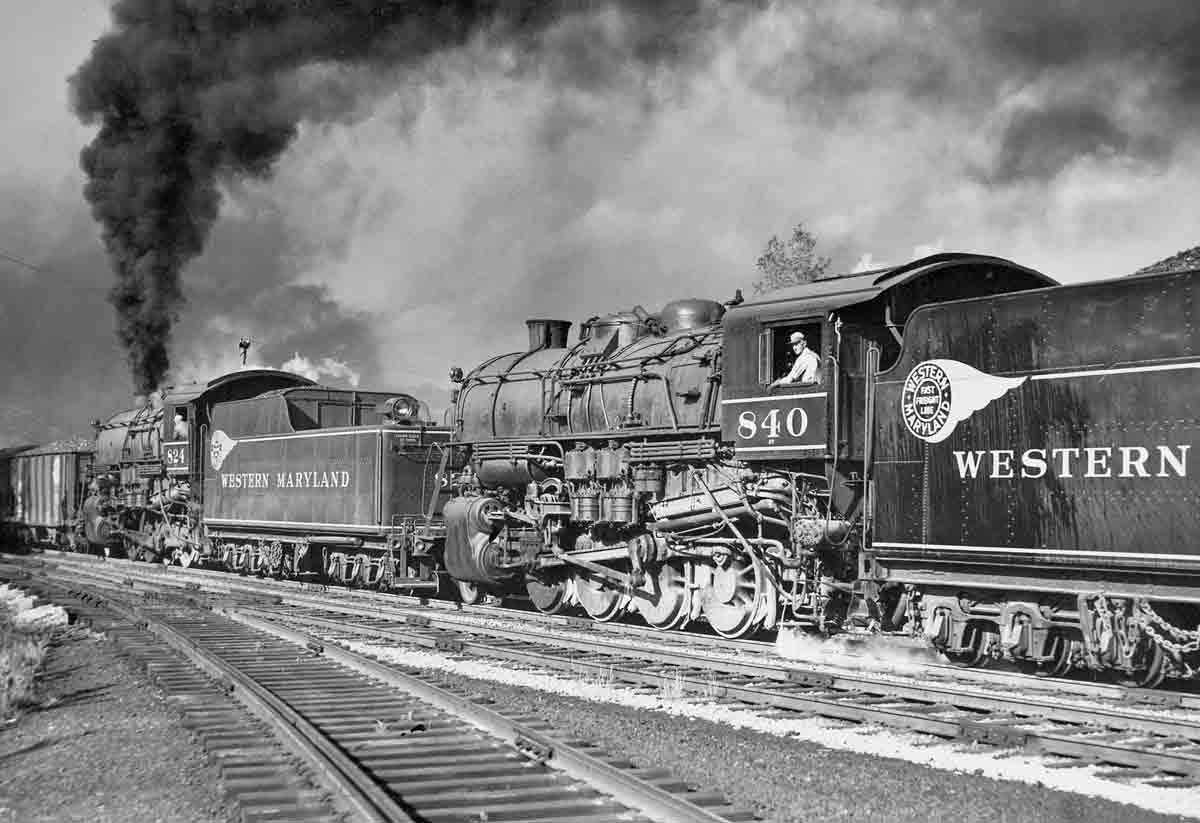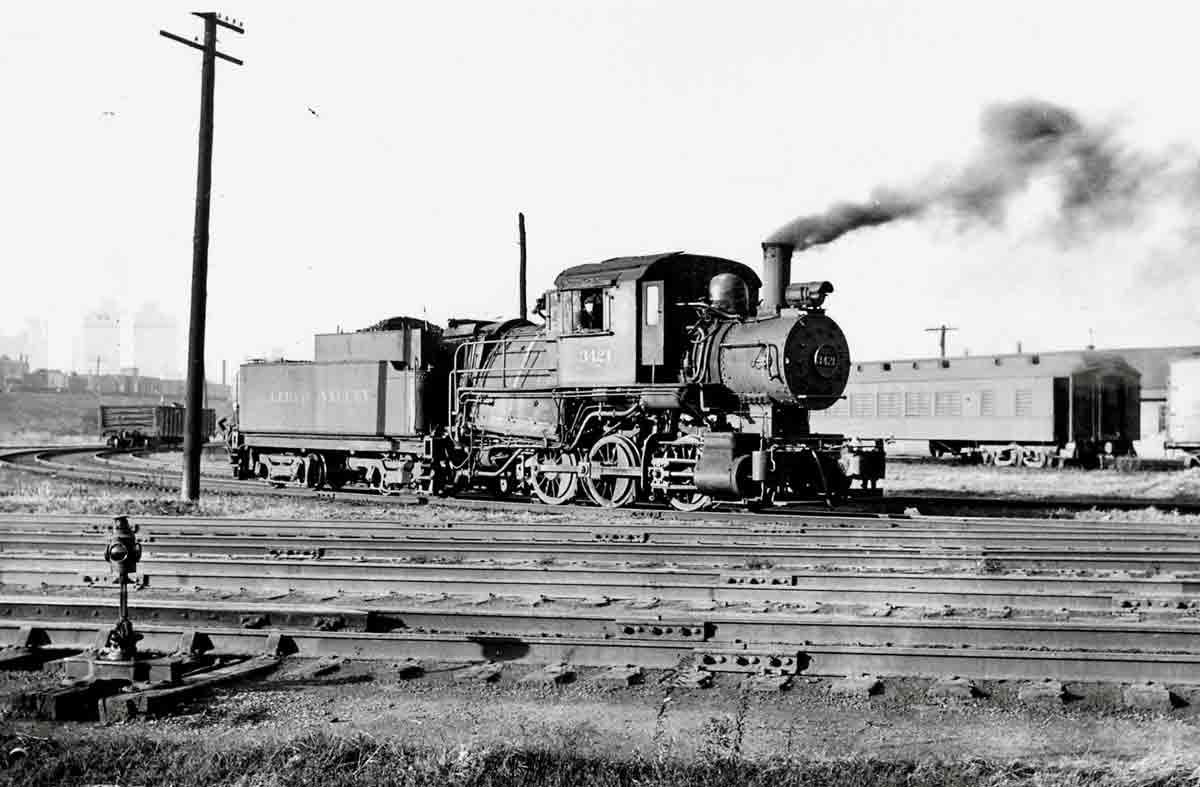From about the age of 9 on up, I’d spend weekday vigils at Wayne Junction taking in the evening rush-hour action. Act One featured a cavalcade of outbound juice and pistons. These were pre-Silverliner times, so the talent consisted mainly of drab, but dependable, electric M.U. cars. Spicing things up were a few exotic diesel runs, including the original Crusader stainless-steel trainset, which still made its twice-daily round trips. There was the 5:04 Jersey Central run to Jersey City with its standard coaches and a pair of Fairbanks-Morse Train Masters on the point. The departure of the surly FM’s shook the ribs; those opposed pistons spoke true dieselese! Not long after would come Reading’s Wall Street behind EMD FP7’s which produced a more elegant sound. The Alco RS3, which guided the Newtown local, spoke its own plain dialect.
To take in Act Two, I’d switch platforms to the inbound side to catch some Reading Terminal-bound action. The curtain came down with the return of the Newton local running engine — behind, the brakeman on the lead coach, tooting on its air whistle.
Normally this was a solitary activity. One evening, though, I noticed that a gentleman had been standing on the inbound side for some time. Another train-watcher? The mind boggled! At age 10½ , I never thought such a thing was possible.
Distinguished (elderly? … he probably wasn’t much older than I am today) and well-dressed, he seemed to be enjoying the action as much as I. We glanced at each other now and then through the evening. Soon we stood in close proximity. At short range, he appeared even more stately. He reminded me slightly of W. C. Fields, who grew up not far from the spot. Maybe a relative? What interested me most was the unusual way he wore his hat. We slowly gravitated. He eventually broke the silence with a greeting.
How long we spoke I don’t recall. I’d lost all track of time. He related tale after tale of riding the rails. Of escapades in Canada and Mexico. About the joy of riding in extra-fare accommodations. It seemed he had been everywhere by rail. Tonight he was at Wayne Junction to take a round trip on the Chestnut Hill line for nostalgic purposes. He told me about his commuting on the branch in the days when suburban tank engines ran on it. I stood spellbound as he told each story.
An outbound headlight heralded the arrival of the Chestnut Hill local. The gentleman shook my hand and bid farewell. He reached into his briefcase and handed me a few timetables from far-off, exotic railroads. He asked me if I was planning to be a railroader when I grew up. When I told him that I’d rather be a writer, he grinned and said that we had two things in common. As the train rolled in, he gave me the most valuable advice I’d ever receive: never give up my passion for the quill or the rails. Nearly four decades later, I can truly say that I owe both my number-one hobby and my chosen career to the man in the hat.
Some years later, when I was in my 20’s, I was browsing through a hobby-shop book section when an illustration on a dust cover caught my eye. It showed a distinguished-looking gentleman in a hat looking at his watch. It very much resembled the fellow I’d met at Wayne Junction that night. I bought the book and read about riding trains in Mexico and on the Chestnut Hill branch behind tank engines. When I saw him on TV with talk-show host Tom Snyder (another fellow railfan), I had further feelings of déjà vu. Though I will never really know for certain, I’ve always wondered: Could this man who inspired my endeavors in adulthood have been none other than famed New Yorker writer Rogers E. M. Whitaker, alter ego of acclaimed worldwide rail traveler E. M. Frimbo?













